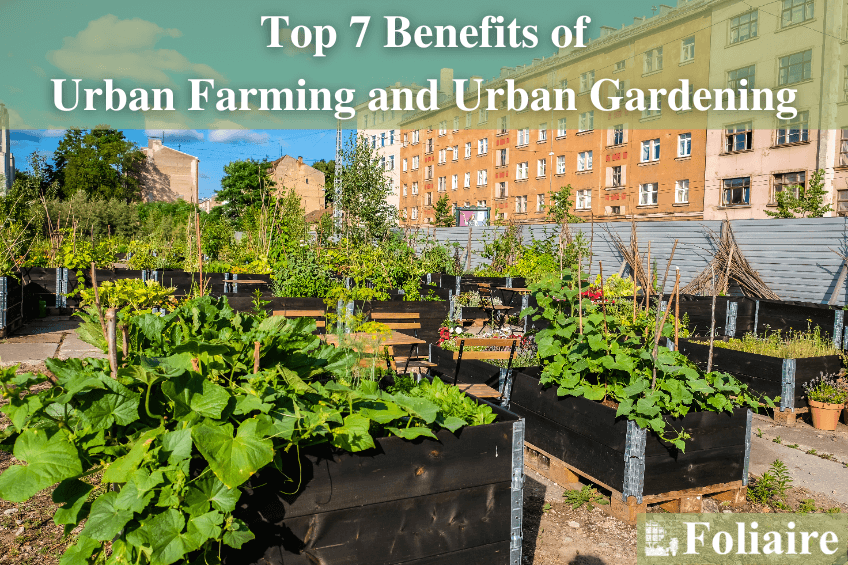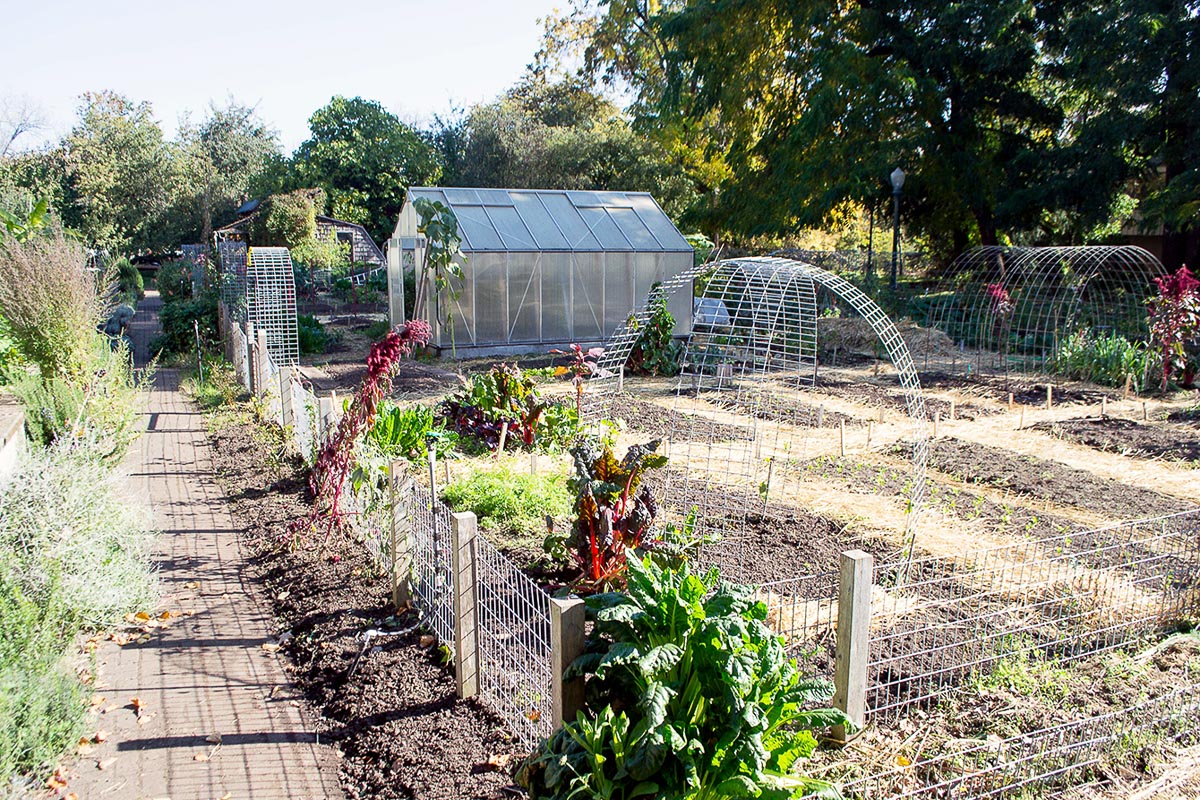City Blooming Fundamentals Explained
The Basic Principles Of City Blooming
Table of ContentsNot known Factual Statements About City Blooming 3 Simple Techniques For City BloomingThe Of City BloomingEverything about City BloomingSee This Report about City Blooming
Intrigued in expanding food up for sale in the City of Chicago? Thinking of beginning a neighborhood yard? Modifications to the Chicago Zoning Ordinance enable farming usages like area gardens and urban ranches in numerous parts of the city. Below is a list of regularly asked concerns concerning the regulations and policies that farmers ought to take into consideration when preparing a city agriculture job.
The zoning change does not customize any kind of other codes taking care of composting, structure permits, buying or renting City possessed residential or commercial property, company licenses or ecological contamination. There are existing codes that regulate these issues and they stay completely effect and may apply to your project. Neighborhood gardens are normally possessed or taken care of by public entities, public organizations or community-based organizations and preserved by volunteers.
Urban farms grow food that is planned to be marketed, either on a not-for-profit or for-profit basis. Due to their commercial function, metropolitan ranches call for a business certificate.
The Only Guide to City Blooming
The amount of compost material can not go beyond 25 cubic yards at any kind of offered time according to the criteria in 7-28-715 of the City's Municipal Code. Because the soil at the majority of new garden sites needs modifying, garden compost, soil, timber chips, or various other products can be gotten to create or enhance the growing area.

If a structure license is required then the hoophouse will be taken into consideration an accessory building. You can figure out even more concerning the structure authorization requirements by getting in touch with the Department of Structures. The 25,000-square-foot size restriction is intended to avoid a solitary neighborhood yard from controling a given block or detracting from the block's existing household or business personality.
The limit does not put on gardens found in Public Open Area (POS) districts. Can there be even more than one area garden that is 25,000 square feet on a solitary block? Yes. The dimension limit applies to individual gardens, not to private blocks. No. Fencing is not needed, however, gardens that have large parking lot might be required to mount secure fencing or various other landscaping attributes.
The smart Trick of City Blooming That Nobody is Discussing
B1 & B2 areas call for that all industrial use activities be conducted inside. Is secure fencing required for use this link urban ranches? Fencings may be required, along with landscape design and testing, for particular car park areas and outdoor work or storage space locations depending on area and the details task taking location.
Yes. Urban farms require structure licenses and zoning approvals prior to building. Other types of city testimonial might be needed relying on specific structures, tasks, dimension, landscaping, licensing, public health and stormwater administration problems. Most of these needs are recognized in the task style or allowing procedure, nevertheless, the candidate might be responsible to individually determine particular licenses or allows that might be needed.
Yes. The kind of license is identified by what is taking place at the site. The Department of Company Matters and Consumer Defense can assist determine the specific kind of organization certificate that's needed. Yes. Off street vehicle parking is required for most business jobs in Chicago. The required number of vehicle parking areas is based upon the number of workers working with site and not the square video footage of the growing area.
The City Blooming Ideas

An urban ranch can offer garden compost material created on site, nevertheless, the procedure needs to abide with the policies in 7-28-715 of the Chicago Municipal Code. Aquaponic systems are allowed inside on metropolitan ranches in lots of zoning districts.
Approximately 5 hives or colonies of honey bees might be maintained as an accessory use. Beekeepers must sign up with the Illinois Division of Farming. For additional information concerning the suggested zoning amendment you may speak to the Department of Real Estate and Economic Development, Bureau of Preparation and Zoning at 312.744.8563.
, which takes area in rural locations at the edge of suburban areas.
The smart Trick of City Blooming That Nobody is Talking About
It can involve a movement of natural farmers, "foodies" and "locavores", who look for to create socials media founded on a common values of nature and community holism. These networks can establish by means of official institutional support, becoming integrated into regional town preparation as a "transition community" movement for sustainable city growth.
Some of the first evidence of metropolitan agriculture comes from Mesopotamia.